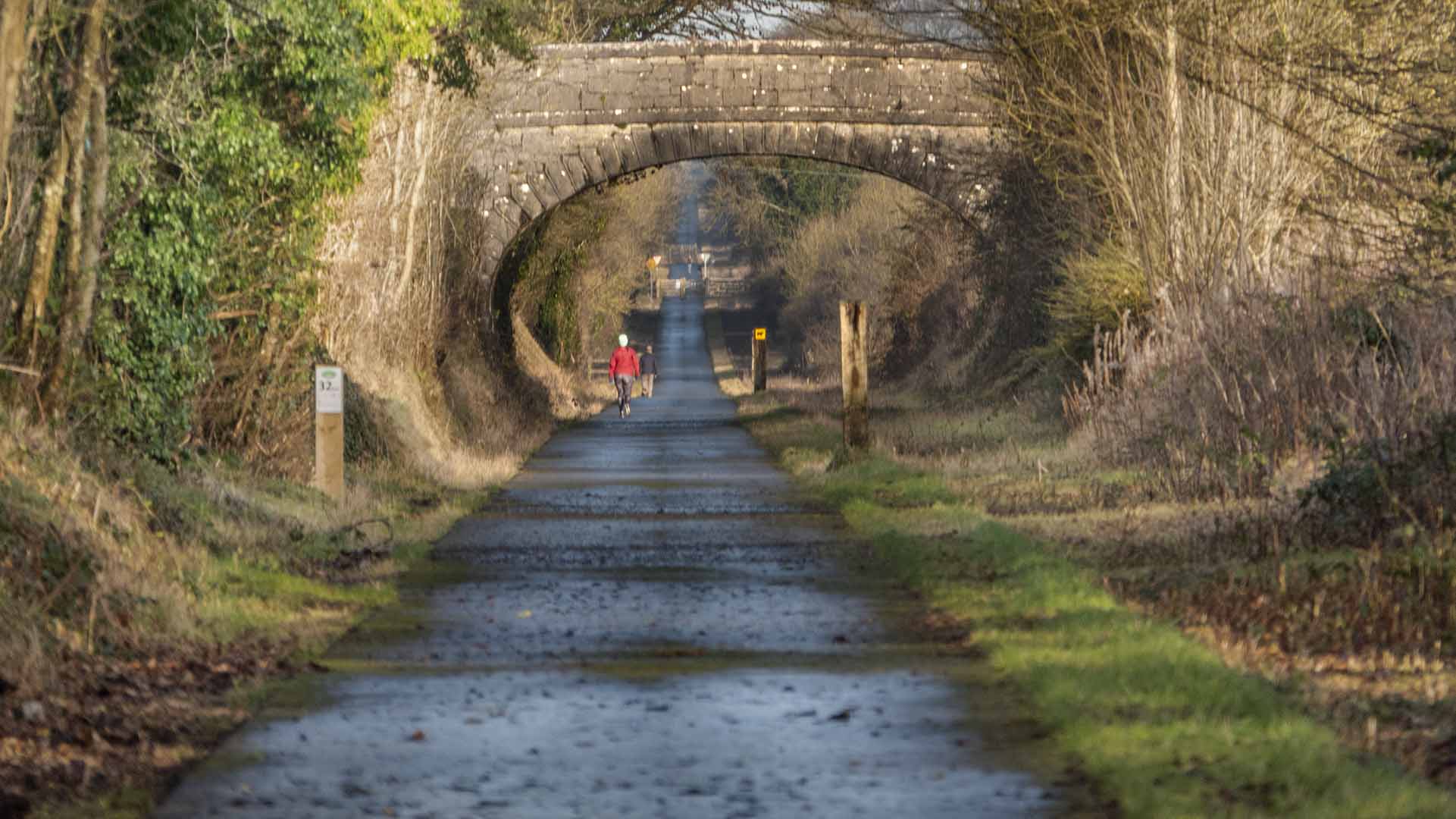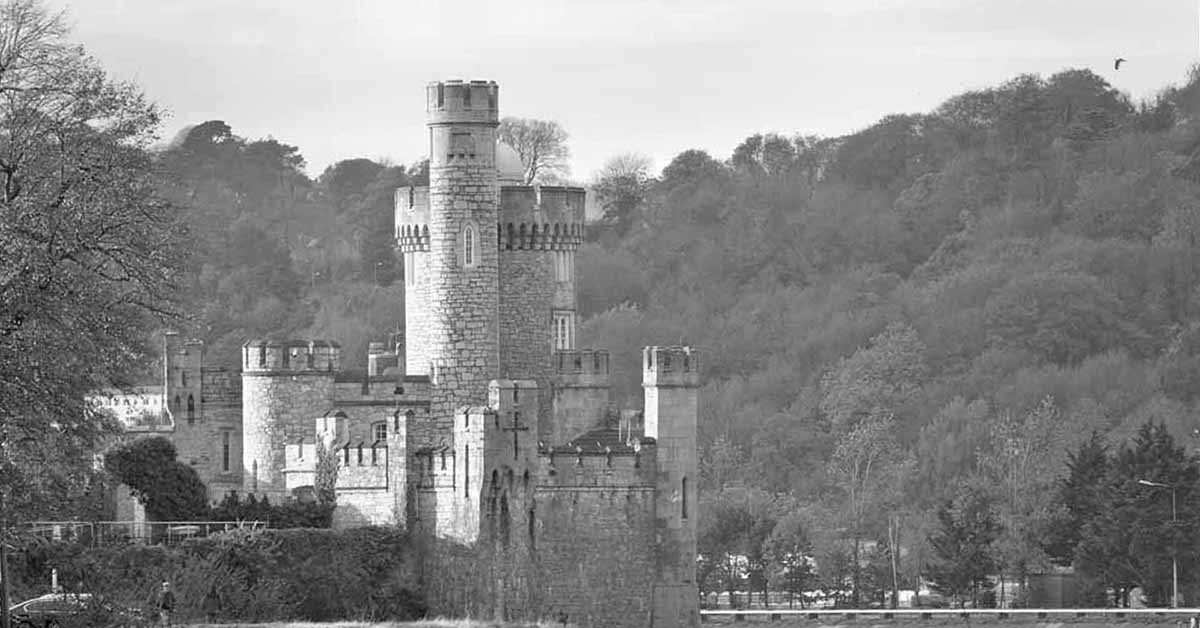Cork Harbour Greenway
Cork Harbour Greenway is in two sections running from Blackrock Castle to Passage West and Carrigaline to Crosshaven.
Cork Harbour Greenway
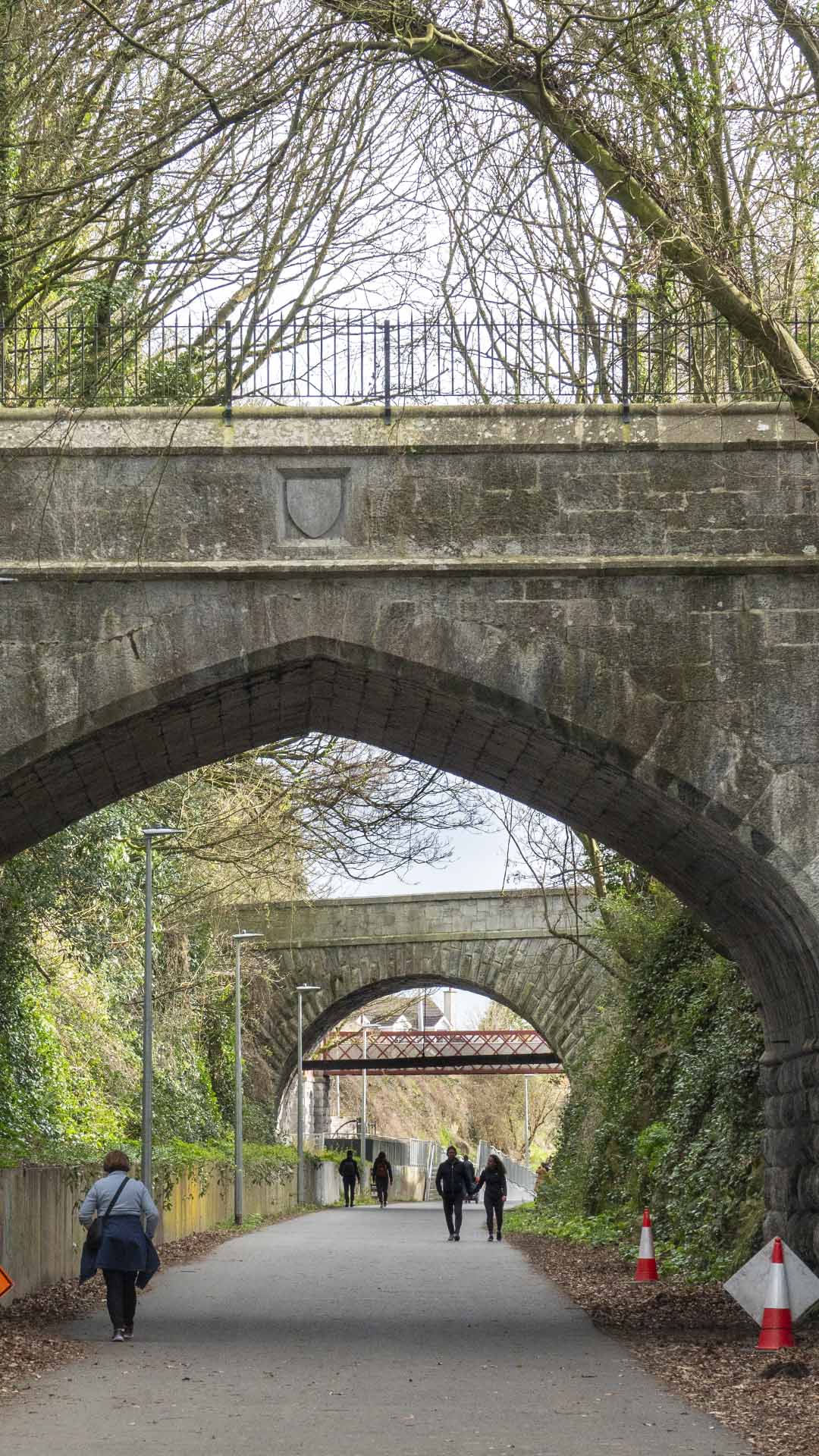
Cork Harbour Greenway is in two sections running from Blackrock Castle to Passage West and Carrigaline to Crosshaven.
It’s also possible to access this greenway from Páirc Uí Chaoimh stadium
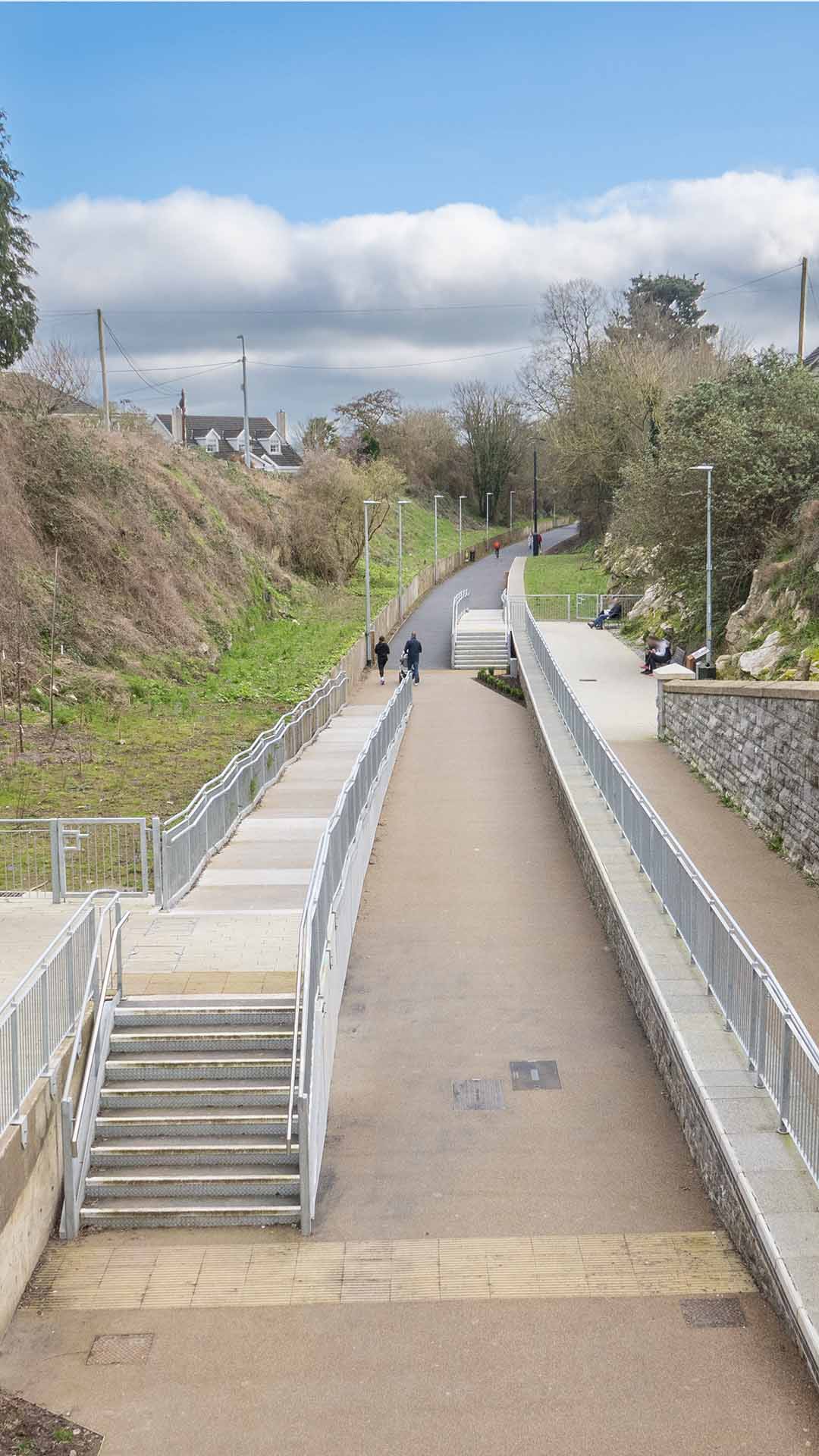
It’s also possible to access this greenway from Páirc Uí Chaoimh stadium
Cork Harbour Greenway
Cork Harbour Greenway
This greenway is built on the trackbed of The Cork, Blackrock and Passage West Railway, which opened on 18th June 1850 and closed 10th Sep 1932. First opened as Irish standard gauge (5ft 3in) railway between Cork and Passage West. When the line was extended to Crosshaven in the 1900’s they converted it to narrow gauge (3ft) this was completed in 1904. The greenway is broken into two sections from Blackrock Castle to Passage West and Carrigaline to Crosshaven.
This greenway is built on the trackbed of The Cork, Blackrock and Passage West Railway, which opened on 18th June 1850 and closed 10th Sep 1932. First opened as Irish standard gauge (5ft 3in) railway between Cork and Passage West. When the line was extended to Crosshaven in the 1900’s they converted it to narrow gauge (3ft) this was completed in 1904. The greenway is broken into two sections from Blackrock Castle to Passage West and Carrigaline to Crosshaven.
From here we can head to Rochestown or enjoy the loop passing through Mahon but today were going to Passage West.
From here we can head to Rochestown or enjoy the loop passing through Mahon but today were going to Passage West.

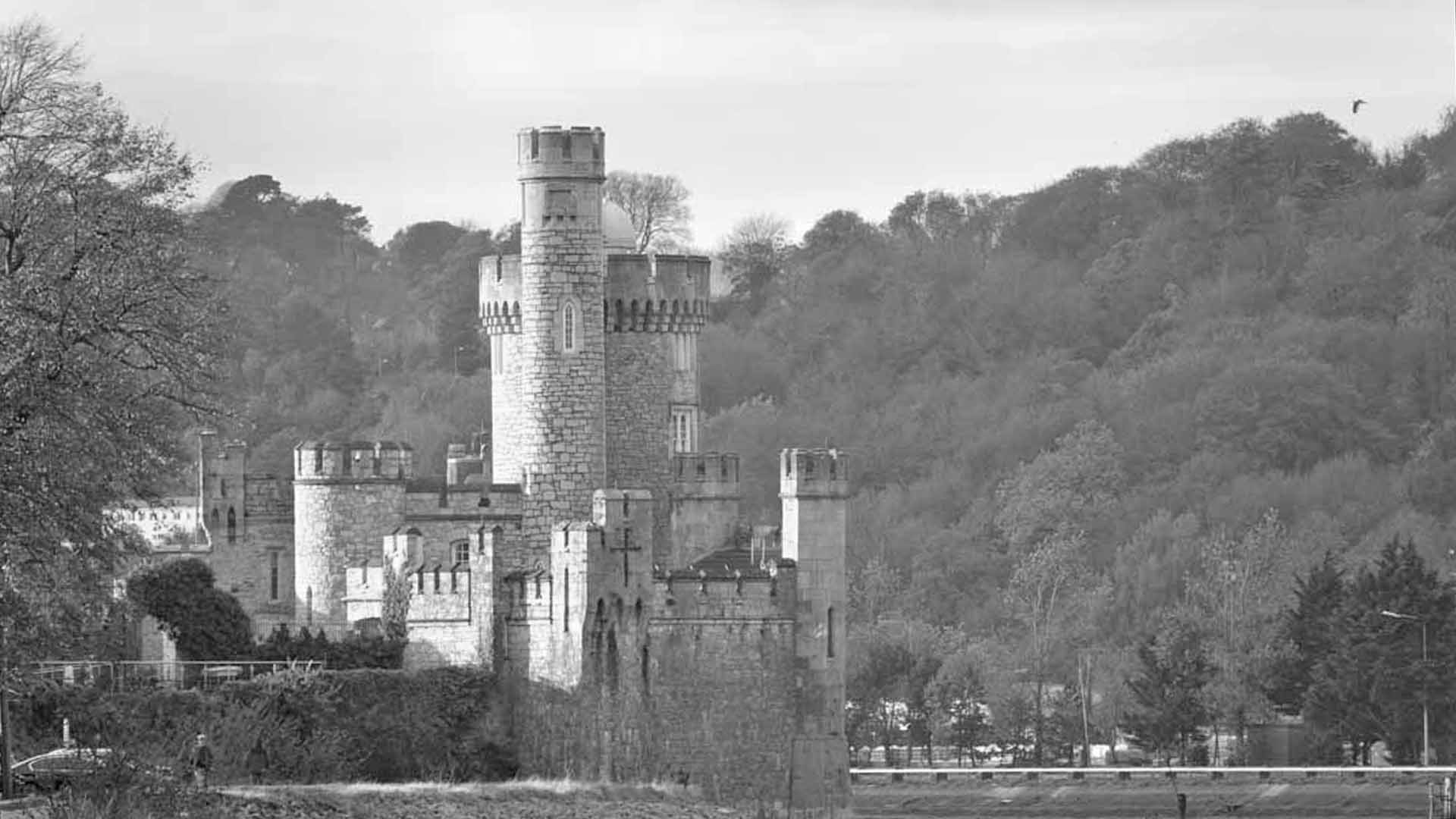
With a large car-park and coffee available at the Castle no better place to start.
With a large car-park and coffee available at the Castle no better place to start.

Cork Harbour Greenway Ireland
3km from the Castle turn left for Passage West
3km from the Castle turn left for Passage West

This section ends at Rochestown but a short trip along the road we can rejoin this wonderful greenway.
This section ends at Rochestown but a short trip along the road we can rejoin this wonderful greenway.
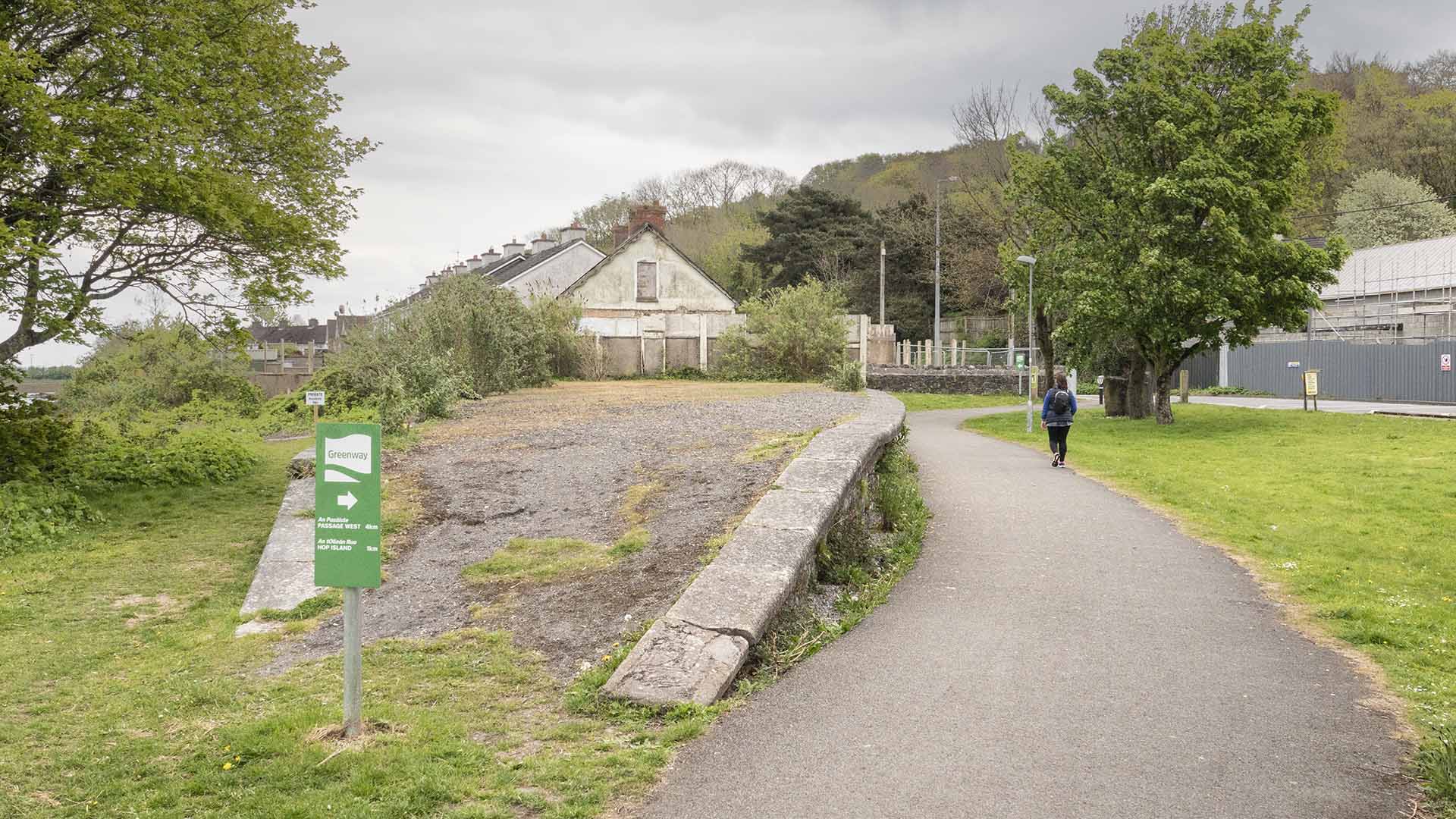
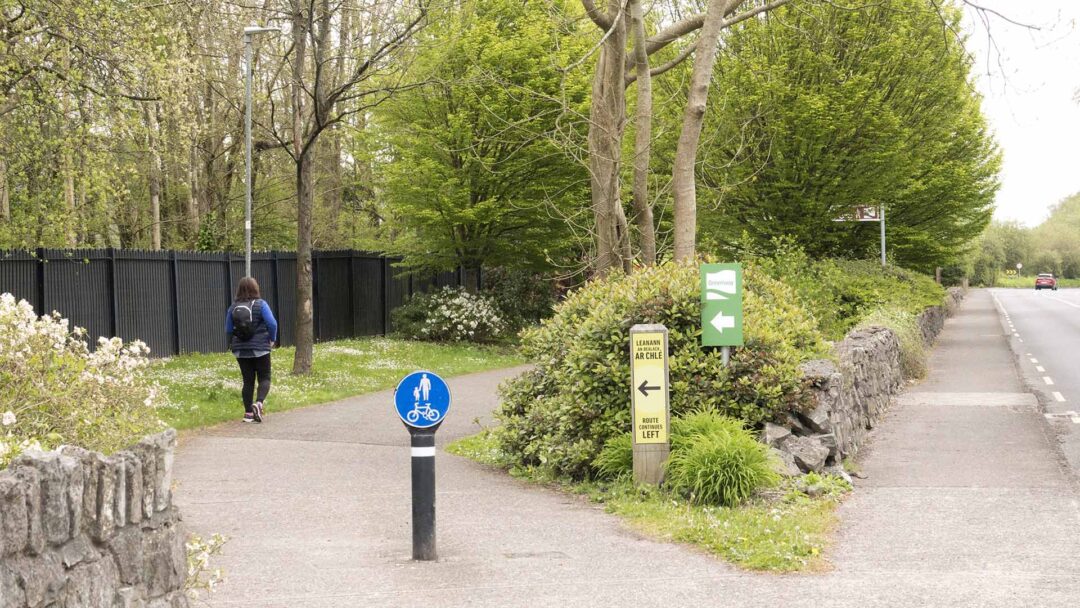
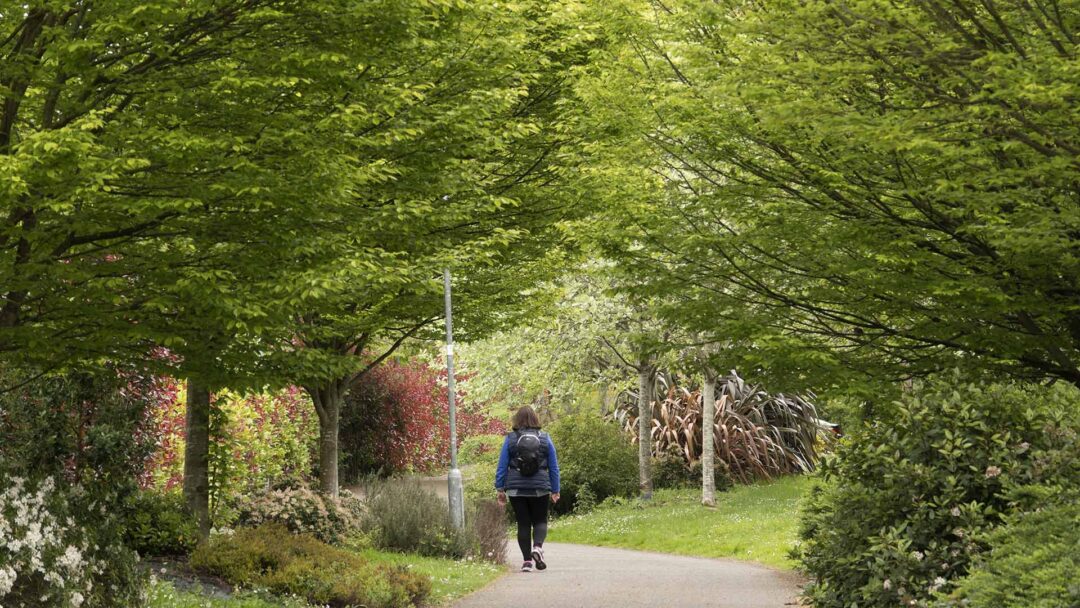
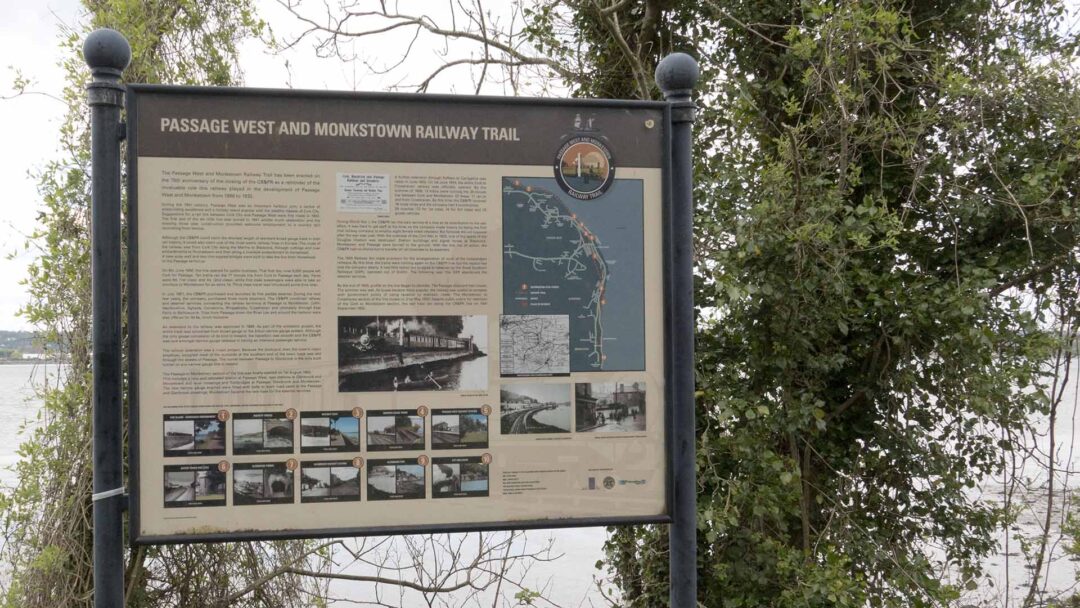
Passage West and Monkstown Railway (Text from above)
Passage West and Monkstown Railway (Text from above)
The Passage West and Monkstown Railway Trail has been erected on the 75th anniversary of the closing of the CB&PR as a reminder of the invaluable role this railway played in the development of Passage West and Monkstown from 1850 to 1932.
The Passage West and Monkstown Railway Trail has been erected on the 75th anniversary of the closing of the CB&PR as a reminder of the invaluable role this railway played in the development of Passage West and Monkstown from 1850 to 1932.
During the 19th century, Passage West was an important harbour port, a centre of shipbuilding excellence and a holiday resort popular with the wealthy classes of Cork City. Suggestions for a rail link between Cork City and Passage West were first made in 1932. The first sod of the six mile line was turned in 1847 amidst much celebration and the ensuing three year construction provided welcome employment to a country still recovering from famine.
During the 19th century, Passage West was an important harbour port, a centre of shipbuilding excellence and a holiday resort popular with the wealthy classes of Cork City. Suggestions for a rail link between Cork City and Passage West were first made in 1932. The first sod of the six mile line was turned in 1847 amidst much celebration and the ensuing three year construction provided welcome employment to a country still recovering from famine.
Although the CB&PR could claim the shortest length of standard broad gauge track in Irish rail history, it could also claim one of the most scenic railway lines in Europe. The route of the railway was from Cork City along the Marina to Blackrock, through cuttings and over embankments to Rochestown and then along a riverside embankment to Horsehead. A new quay wall and two iron-topped bridges were built to take the line from Horsehead to the Passage terminus.
Although the CB&PR could claim the shortest length of standard broad gauge track in Irish rail history, it could also claim one of the most scenic railway lines in Europe. The route of the railway was from Cork City along the Marina to Blackrock, through cuttings and over embankments to Rochestown and then along a riverside embankment to Horsehead. A new quay wall and two iron-topped bridges were built to take the line from Horsehead to the Passage terminus.
On 8th June 1850, the line opened for public business. That first day, over 6,000 people left Cork for Passage. Ten trains ran the 17 minute trip from Cork to Passage each day. Fares were 6d. (1st class) and 4d. (2nd class), while first class passengers were able to take an omnibus to Monkstown for an extra 1d. Third class travel was introduced some time later.
On 8th June 1850, the line opened for public business. That first day, over 6,000 people left Cork for Passage. Ten trains ran the 17 minute trip from Cork to Passage each day. Fares were 6d. (1st class) and 4d. (2nd class), while first class passengers were able to take an omnibus to Monkstown for an extra 1d. Third class travel was introduced some time later.
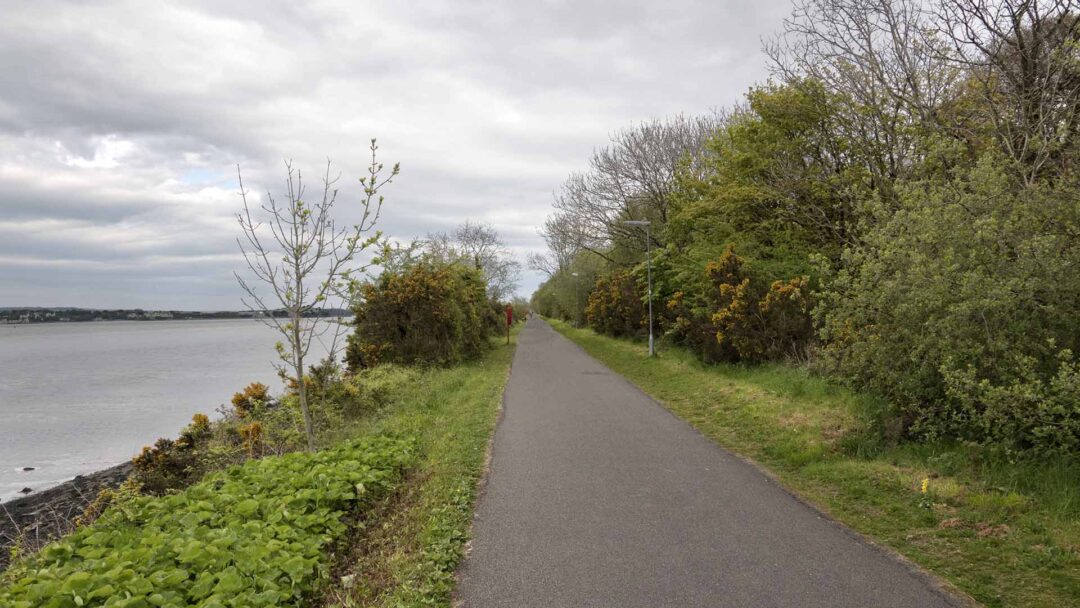
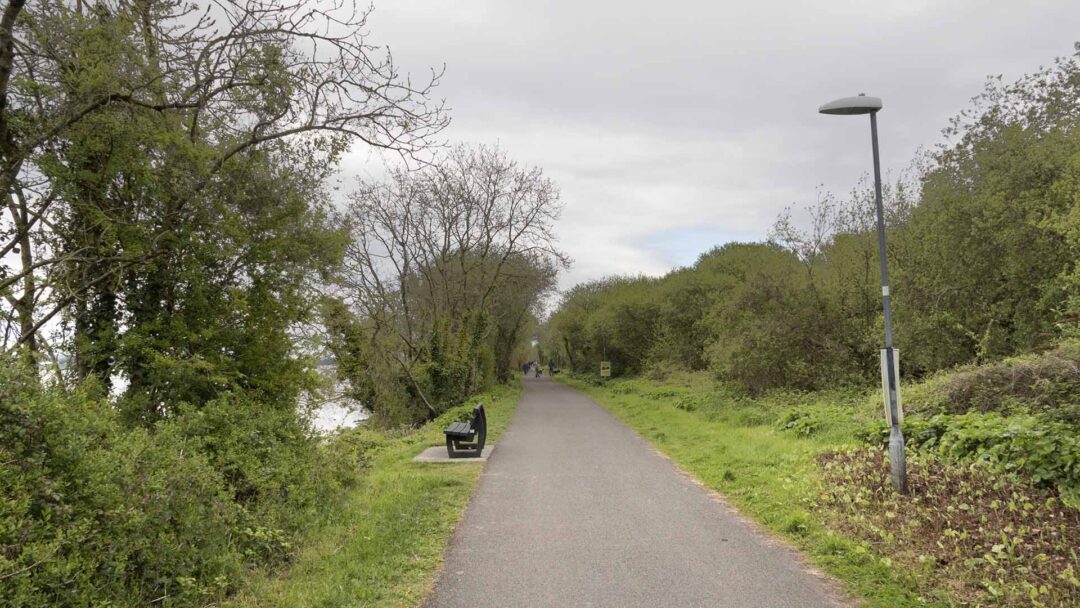
In July 1851, the CB&PR purchased and launched its first paddle steamer. During the next few years, the company purchased three more steamers. The CD&PR combined railway and steamer services, connecting the railway terminus at Passage to Monkstown, Cobh, Haulbowlin, Aghada, Currabinny, Ringaskiddy, Crosshaven and ultimately through East Ferry to Ballinacurra. Trips from Passage down the River Lee and around harbour were also offered for 3d 6s, lunch inclusive.
In July 1851, the CB&PR purchased and launched its first paddle steamer. During the next few years, the company purchased three more steamers. The CD&PR combined railway and steamer services, connecting the railway terminus at Passage to Monkstown, Cobh, Haulbowlin, Aghada, Currabinny, Ringaskiddy, Crosshaven and ultimately through East Ferry to Ballinacurra. Trips from Passage down the River Lee and around harbour were also offered for 3d 6s, lunch inclusive.
An extension to the railway was approved in 1896. As part of the extension project, the entire track was converted from broad gauge to the 3-foot narrow gauge system. Although the only gauge conversion of its kind in Ireland, the transition was smooth and the CB&PR was rare amongst narrow gauge railway in having an intensive passenger service.
An extension to the railway was approved in 1896. As part of the extension project, the entire track was converted from broad gauge to the 3-foot narrow gauge system. Although the only gauge conversion of its kind in Ireland, the transition was smooth and the CB&PR was rare amongst narrow gauge railway in having an intensive passenger service.
The railway extension was a major project. Because the dockland, then the town’s major employer, occupied most of the quayside at the southern end of the town, track was laid through the streets of Passage. The tunnel between Passage to Glenbrook is the only tunnel on any narrow gauge line in Ireland.
The railway extension was a major project. Because the dockland, then the town’s major employer, occupied most of the quayside at the southern end of the town, track was laid through the streets of Passage. The tunnel between Passage to Glenbrook is the only tunnel on any narrow gauge line in Ireland.
The Passage to Monkstown section of the line was finally opened on 1st August 1902. This included a new and relocated station at Passage West, new stations at Glenbrook and Monkstown. The new narrow gauge engines were fitted with bells to warn road users at the Passage and Glenbrook crossings. Monkstown became the new base for the steamer service.
The Passage to Monkstown section of the line was finally opened on 1st August 1902. This included a new and relocated station at Passage West, new stations at Glenbrook and Monkstown. The new narrow gauge engines were fitted with bells to warn road users at the Passage and Glenbrook crossings. Monkstown became the new base for the steamer service.
A further extension through Raffeen to Carrigaline was ready in June 1903. On 1st June 1904, the entire Cork to Crosshaven railway was officially opened. By the summer of 1909, 13 trains were running the 25-minute trip between Cork and Monkstown. Of these, 11 ran to and from Crosshaven. By this time, the CB&PR involved 16 route miles and the company had 4 locomotives, 28 coaches (12 foe 1st class, 16 for 3 rd class) and 29 goods vehicles.
A further extension through Raffeen to Carrigaline was ready in June 1903. On 1st June 1904, the entire Cork to Crosshaven railway was officially opened. By the summer of 1909, 13 trains were running the 25-minute trip between Cork and Monkstown. Of these, 11 ran to and from Crosshaven. By this time, the CB&PR involved 16 route miles and the company had 4 locomotives, 28 coaches (12 foe 1st class, 16 for 3 rd class) and 29 goods vehicles.
During World War 1, the CB&PR ran the train service at a loss as its contribution to the war effort. It was hard to get staff at the time, so the company made history by being the first Irish railway company to employ eight female ticket checkers. But fortunes did not improve after the war was over. With the outbreak of the Civil War in 1922, one of the spans of the Douglas Viaduct was destroyed. Station buildings and signal boxes at Blackrock, Monkstown and Passage were burned to the ground. With the line out of action, the CB&PR and no choice but to transfer all rail business to its steamers.
During World War 1, the CB&PR ran the train service at a loss as its contribution to the war effort. It was hard to get staff at the time, so the company made history by being the first Irish railway company to employ eight female ticket checkers. But fortunes did not improve after the war was over. With the outbreak of the Civil War in 1922, one of the spans of the Douglas Viaduct was destroyed. Station buildings and signal boxes at Blackrock, Monkstown and Passage were burned to the ground. With the line out of action, the CB&PR and no choice but to transfer all rail business to its steamers.
The 1924 Railway Act made provision for the amalgamation of most of the independent railways. By this time, the trains were running again on the CB&PR line, but the repairs had cost the company dearly. It had little option but to agree to takeover by the Great Southern Railways (GSR), operated out of Dublin. The following year, the GSR abandoned the steamer services.
The 1924 Railway Act made provision for the amalgamation of most of the independent railways. By this time, the trains were running again on the CB&PR line, but the repairs had cost the company dearly. It had little option but to agree to takeover by the Great Southern Railways (GSR), operated out of Dublin. The following year, the GSR abandoned the steamer services.
By the end of 1926, profits on the line began to dwindle. The Passage dockyard had closed. The summer was wet. As buses became more popular, the railway was unable to compete with government policy of taxation to maintain roads. The Monkstown to Crosshaven section of the line closed on 31st May 1932. Despite public outcry for retention of the Cork to Monkstown section, the last train ran along the CB&PR line on 10th September 1932.
By the end of 1926, profits on the line began to dwindle. The Passage dockyard had closed. The summer was wet. As buses became more popular, the railway was unable to compete with government policy of taxation to maintain roads. The Monkstown to Crosshaven section of the line closed on 31st May 1932. Despite public outcry for retention of the Cork to Monkstown section, the last train ran along the CB&PR line on 10th September 1932.
Welcome to Passage West
Welcome to Passage West
There is no Greenway between Passage West and Carrigaline
There is no Greenway between Passage West and Carrigaline

Carrigaline to Crosshaven
Carrigaline to Crosshaven
Carrigaline
Carrigaline
Carrigaline is a town and civil parish in County Cork, Ireland, situated on the River Owenabue. It is about 14 km south of Cork city. The Greenway starts 1km outside town on the Crosshaven side, with a car-park.
Carrigaline is a town and civil parish in County Cork, Ireland, situated on the River Owenabue. It is about 14 km south of Cork city. The Greenway starts 1km outside town on the Crosshaven side, with a car-park.
Car-Park marks start of Greenway about 1km from Carrigaline
Car-Park marks start of Greenway about 1km from Carrigaline
The Battle of Kilnagleary
The Battle of Kilnagleary
The name Kilnagleary comes from the Irish Cill na gCleireach, the Church of the Clerics. Less than 400 metres to the south of here once stood the little church of Kilnagleary.
The name Kilnagleary comes from the Irish Cill na gCleireach, the Church of the Clerics. Less than 400 metres to the south of here once stood the little church of Kilnagleary.
It was though to have been built in the 17th century by disciples of St. Finbarr, the patron saint of Cork. It is recorded in the Annals of Innisfallen that in 1088 Dermot O’Brien, the grandson of Brian Boru, came with a large naval force and attacked the monastery in Cloyne and bore away the relics of St. Finbarr from Kilnagleary.
It was though to have been built in the 17th century by disciples of St. Finbarr, the patron saint of Cork. It is recorded in the Annals of Innisfallen that in 1088 Dermot O’Brien, the grandson of Brian Boru, came with a large naval force and attacked the monastery in Cloyne and bore away the relics of St. Finbarr from Kilnagleary.
The raiders were pursued and two hundred of them were slain, some perhaps at this very spot.
The raiders were pursued and two hundred of them were slain, some perhaps at this very spot.
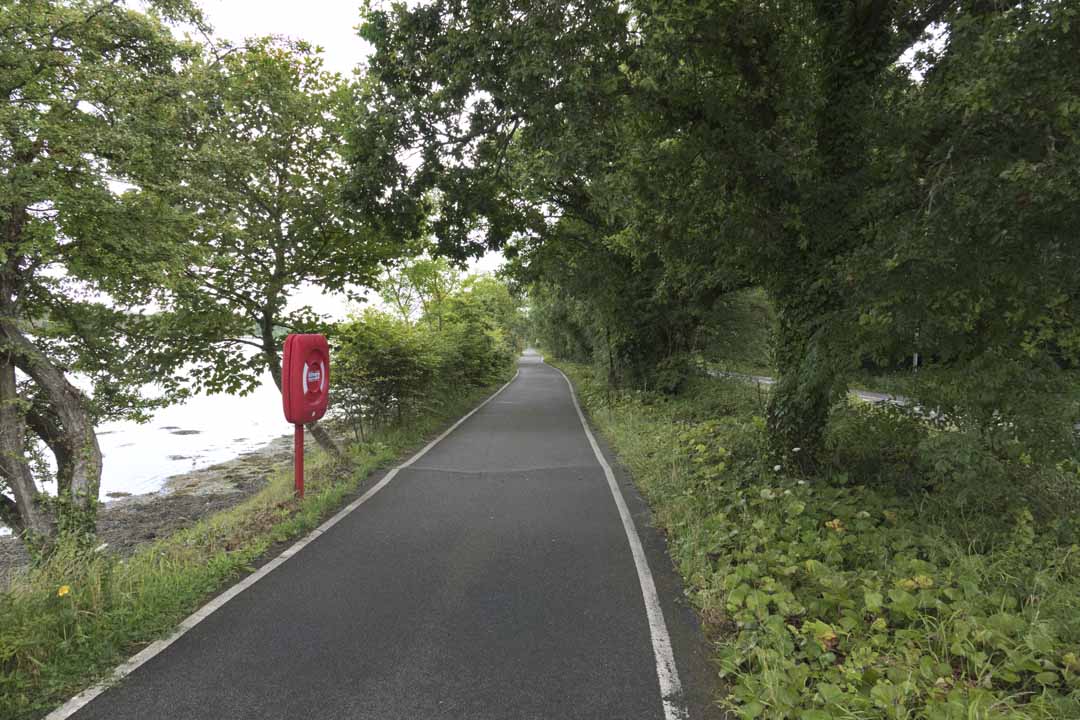
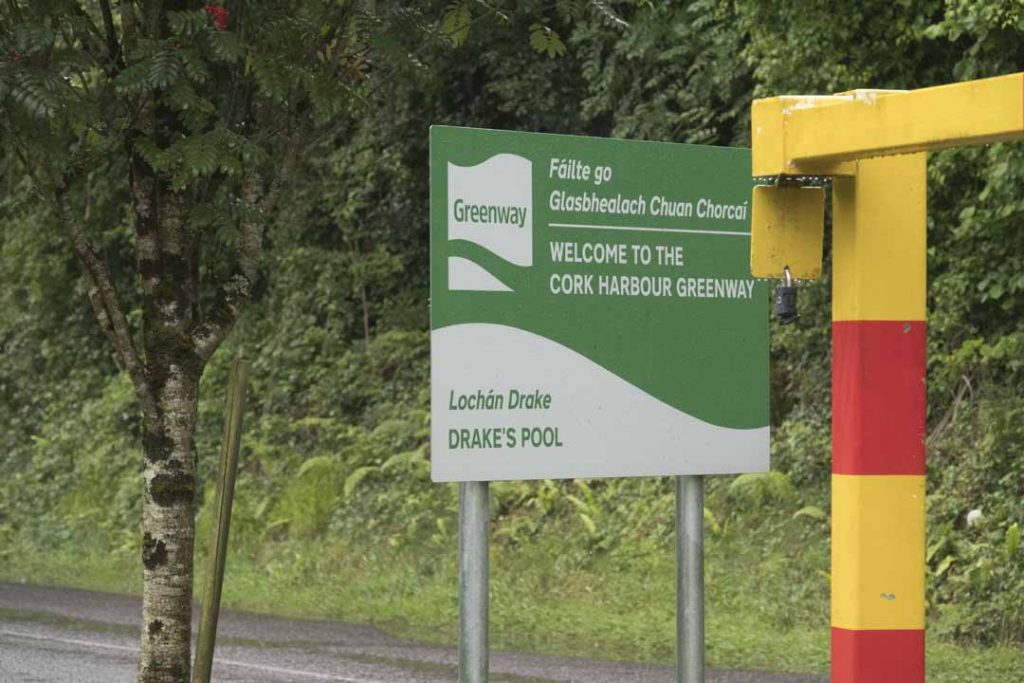
Drakes Pool
Drakes Pool
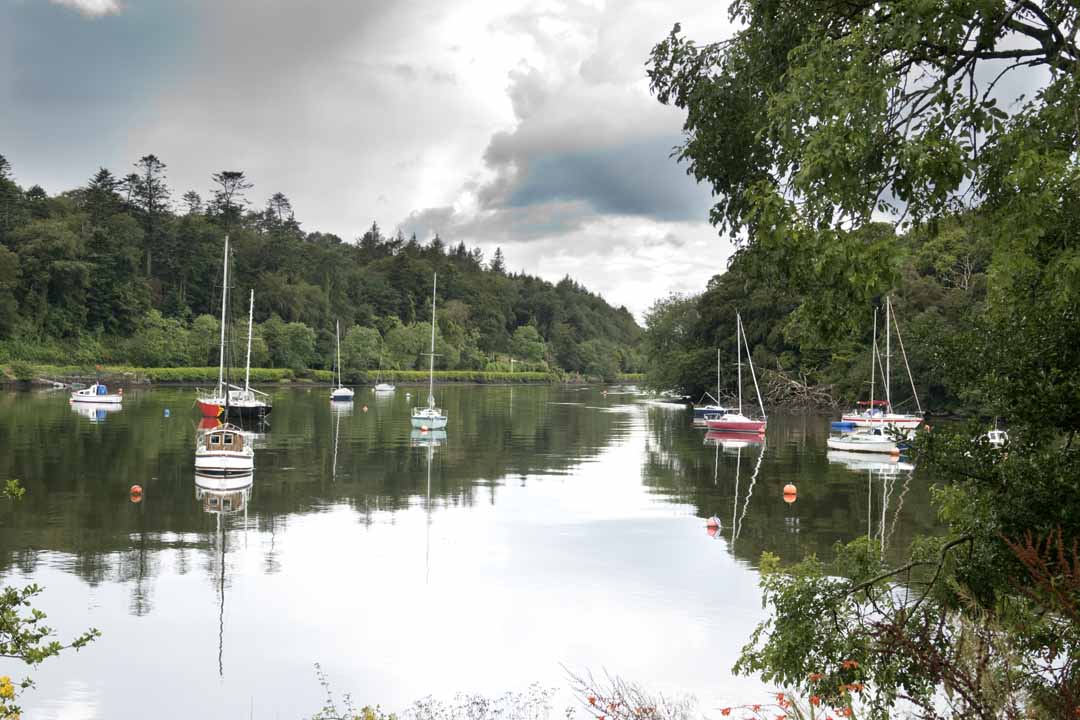
The old name well of the boat, was replaced in the 18th century by one relating to Sir Francis Drake, whose ships were said to have hidden here when pursued by a Spanish fleet, in 1588.
The old name well of the boat, was replaced in the 18th century by one relating to Sir Francis Drake, whose ships were said to have hidden here when pursued by a Spanish fleet, in 1588.
The Spaniards sailed up Cork Harbour but missed their prey who remained unseen here. The Spaniards came out again, Sir Francis stayed for a few days and then left.
The Spaniards sailed up Cork Harbour but missed their prey who remained unseen here. The Spaniards came out again, Sir Francis stayed for a few days and then left.
Cork Harbour
Cork Harbour
Cork Harbour is one of the largest natural harbours in the world. It is a vibrant working harbour with a rich maritime heritage and is steeped in history.
Cork Harbour is one of the largest natural harbours in the world. It is a vibrant working harbour with a rich maritime heritage and is steeped in history.

With its scenic coastline, attractive towns and villages, make’s it a great place to walk or cycle.
With its scenic coastline, attractive towns and villages, make’s it a great place to walk or cycle.

The Cork Harbour Greenway offers a unique opportunity to walk or cycle on an off-road shared-use path of the former Cork, Blackrock and Passage Railway line along the harbour seaboard.
The Cork Harbour Greenway offers a unique opportunity to walk or cycle on an off-road shared-use path of the former Cork, Blackrock and Passage Railway line along the harbour seaboard.
The line ends just outside Crosshaven but during some weekends in Summer Fort Camden opens and is well worth a visit.
The line ends just outside Crosshaven but during some weekends in Summer Fort Camden opens and is well worth a visit.



The Waterford Greenway
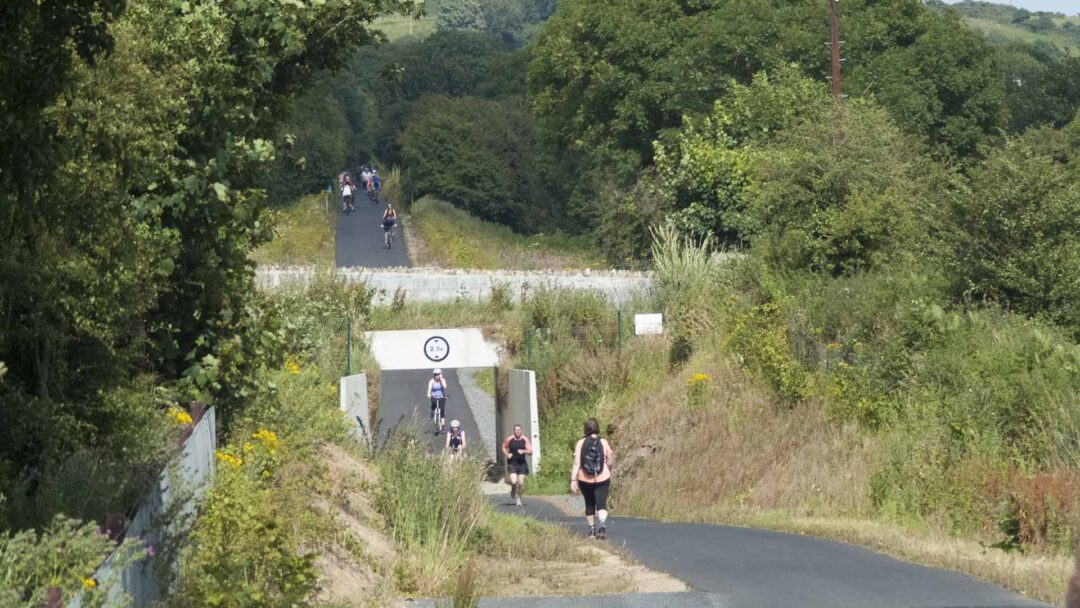

The Great Eastern Greenway
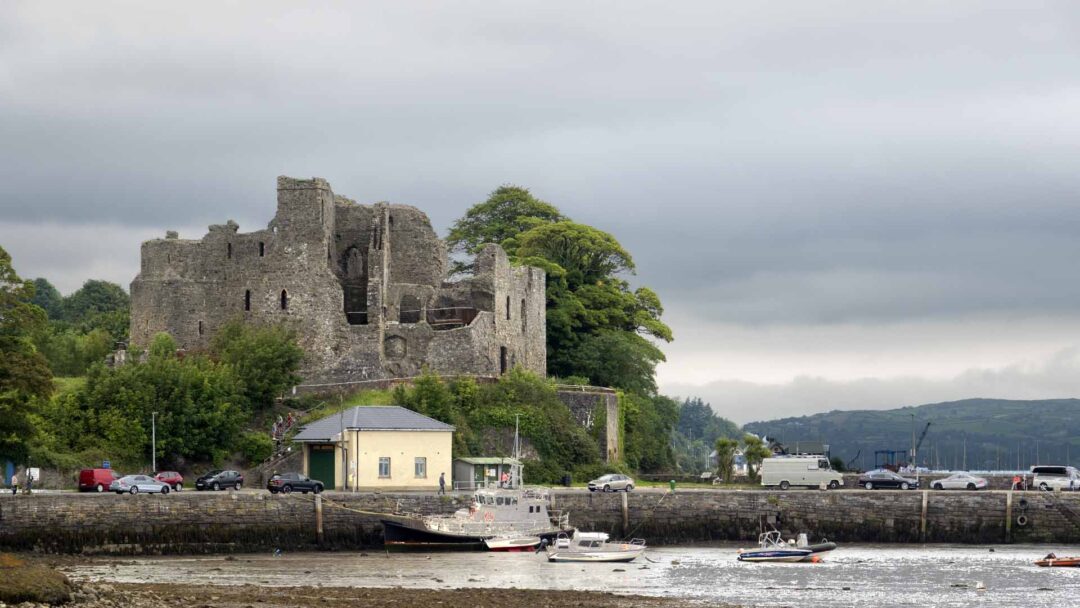

Tralee to Fenit Greenway


The Limerick Greenway
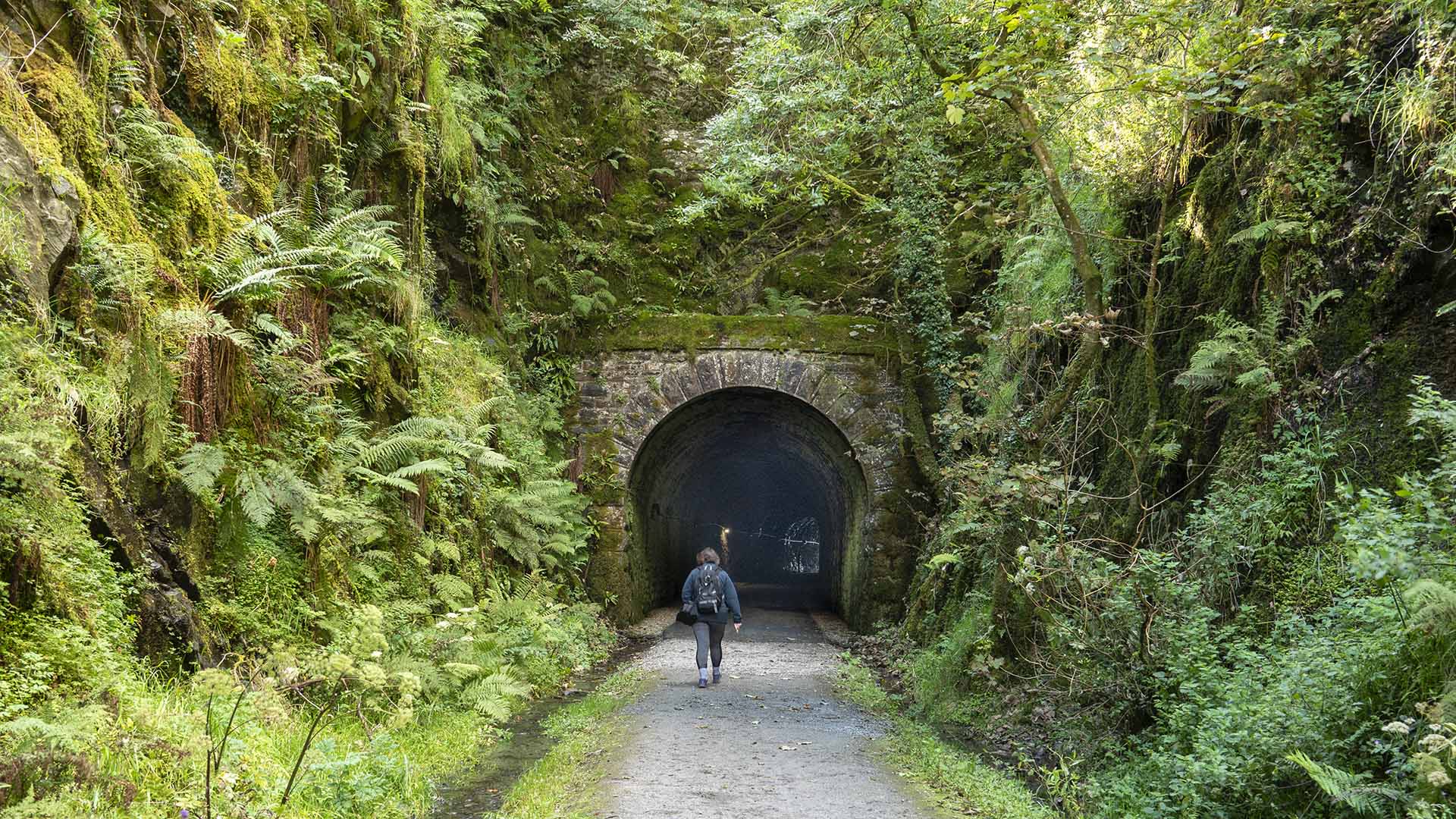

The Royal Canal Greenway
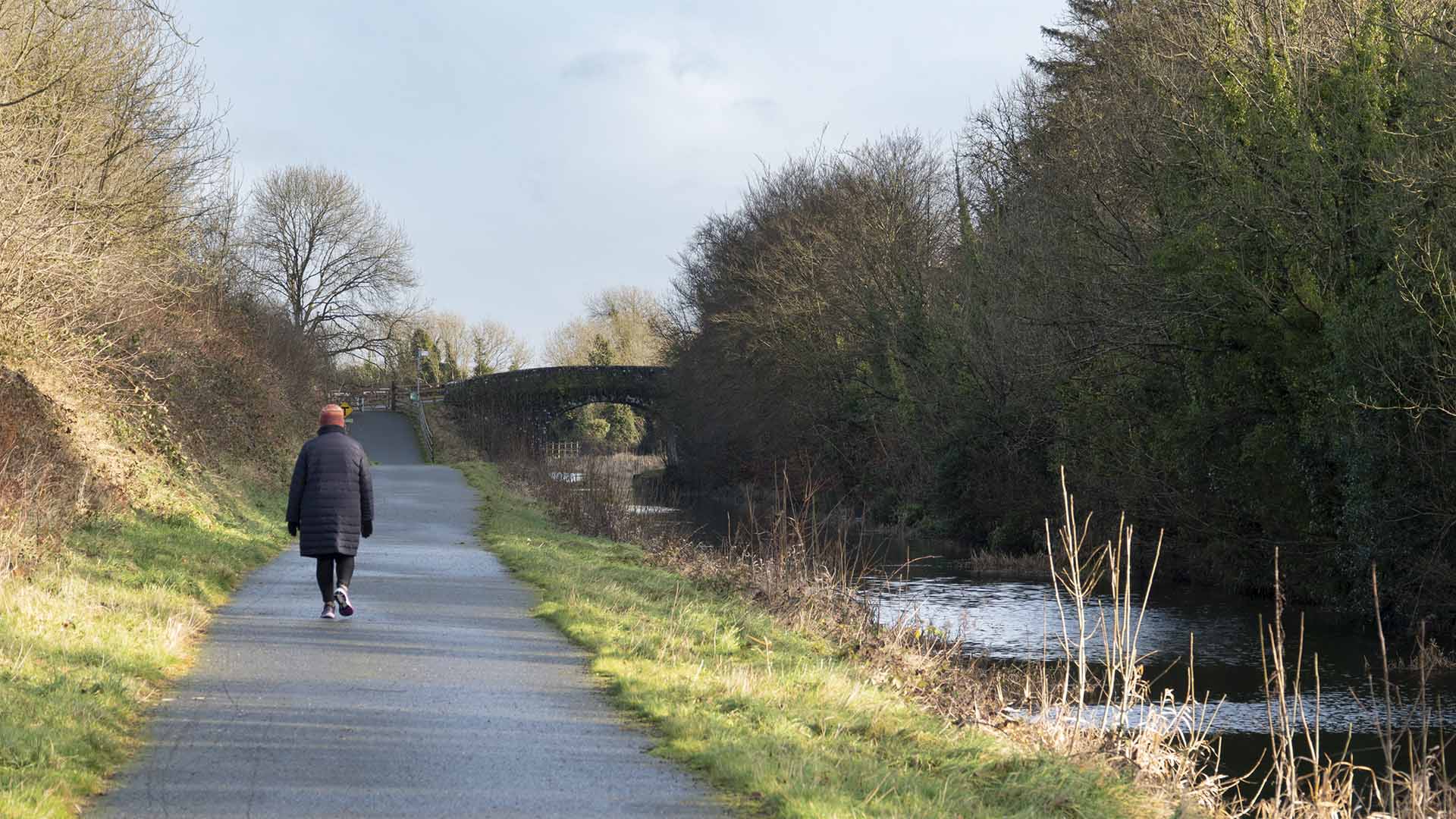

The Athlone Greenway
